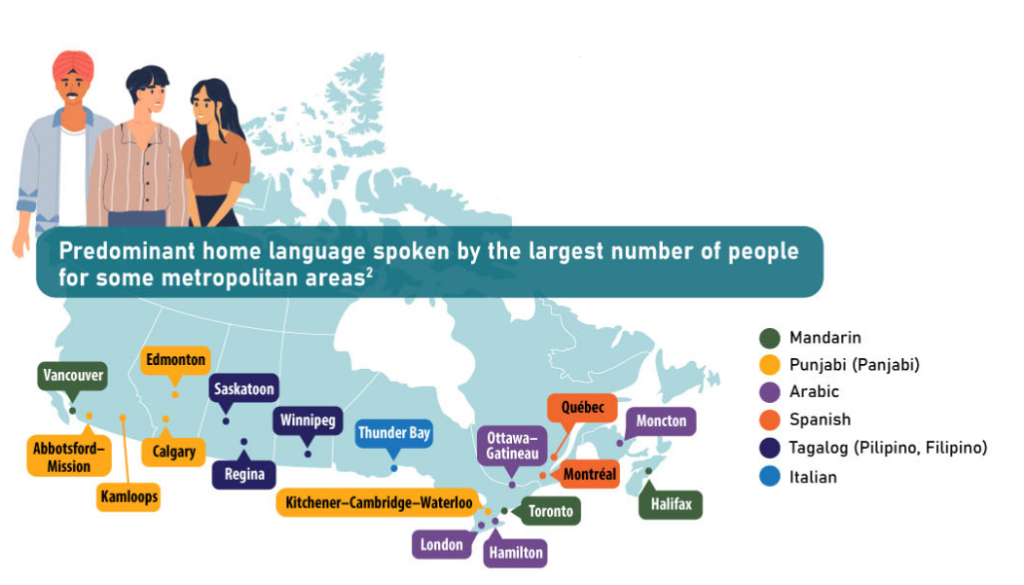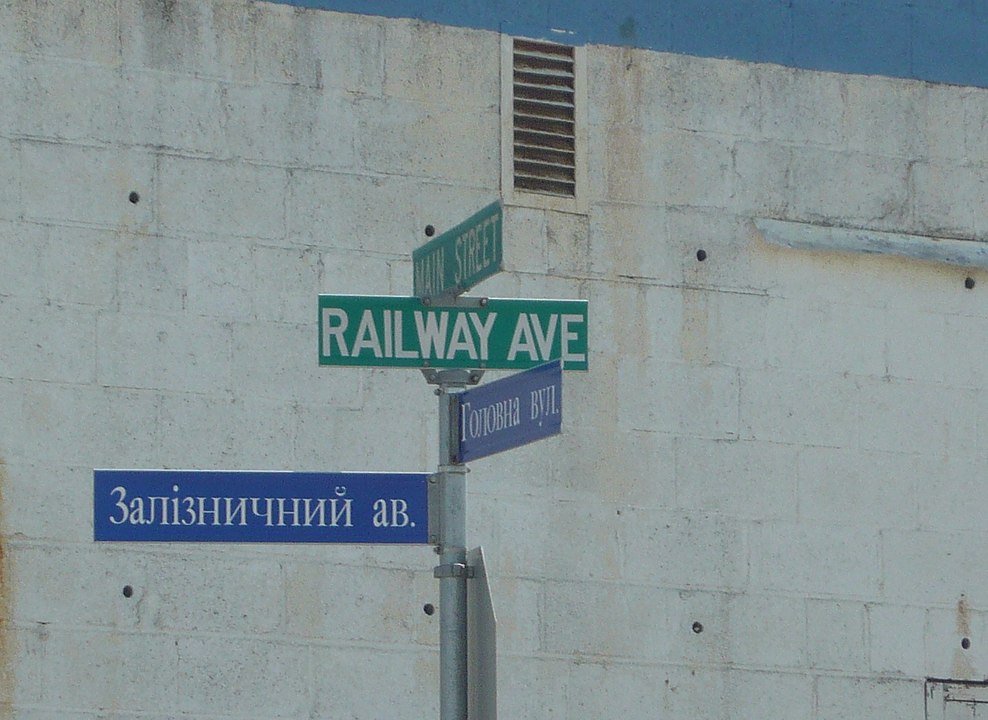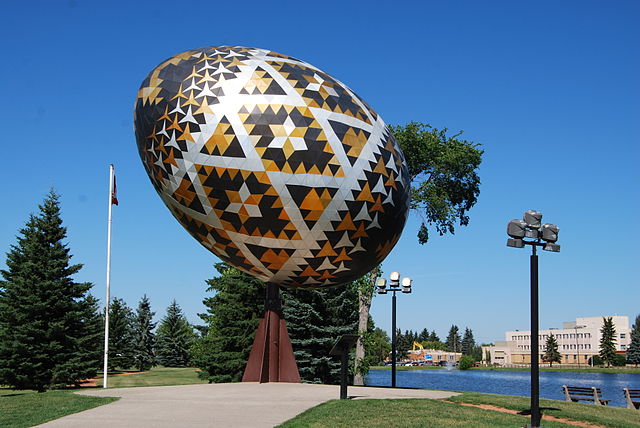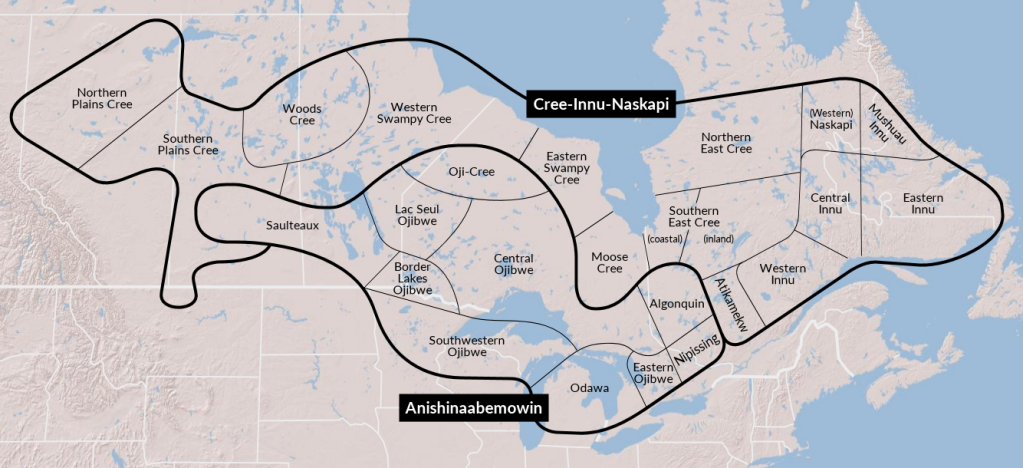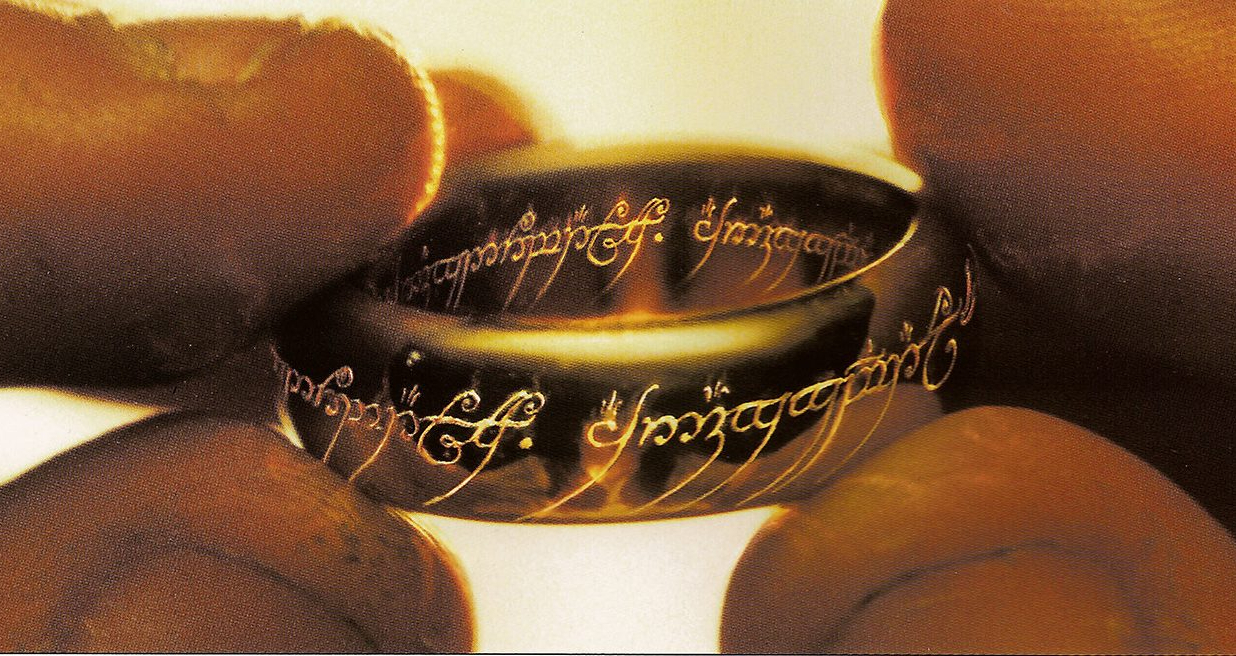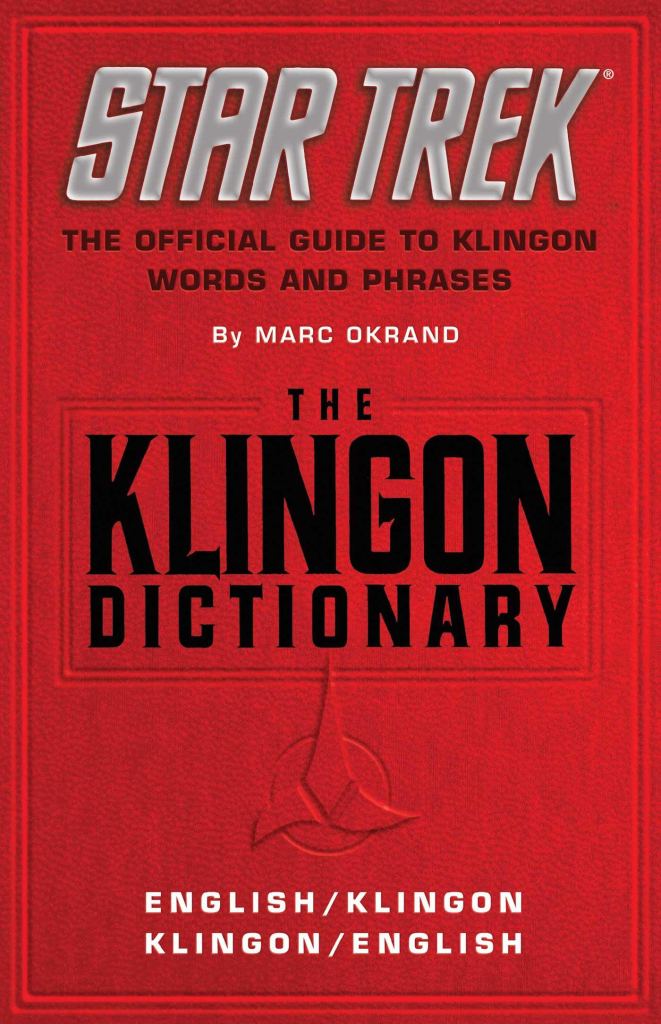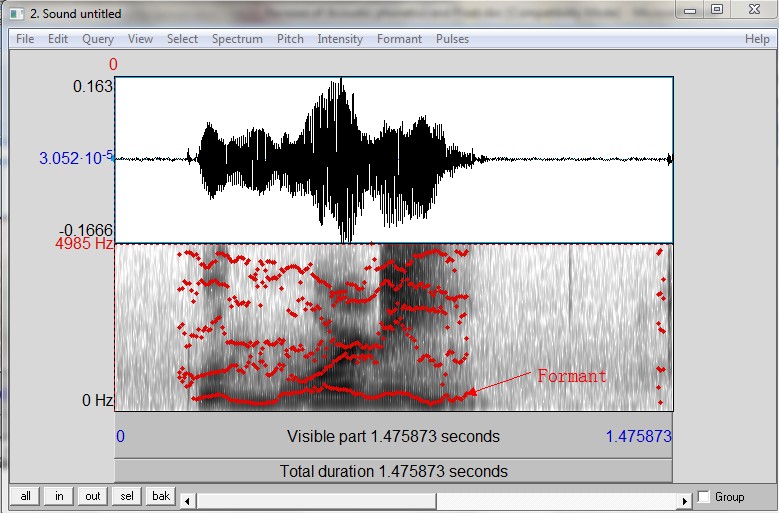By Amanda Jenkins, Student in Museum Studies, CLM Intern
Many plants, animals, and insects have scientific names, but while some people may be able to
know a specific animal’s scientific name off the top of their head, the majority of people only know the common name. So, what’s the point of having scientific name for plants and animals when most people just use the common name anyway, and how did they come about in the first place?
Why Scientific Names?
A single species can have multiple different names. For example, a mountain lion can also be called a puma, a cougar, or a panther and that’s just in English! Many different languages will have their own translation for what this cat is called. Having so many names for a single species can lead to confusion, especially for those who are studying them and sharing what they learn with others. This is one of the reasons that scientific names came into being. The mountain lion’s scientific name is Puma concolor and this remains the same regardless of the country or language the animal is being discussed in.
The scientific name of any living thing is based on its taxonomy, which is the system which is used to organize and classify living things. It acts as a hierarchy with each grouping containing fewer and fewer species. From the largest to smallest, the order of groupings is: Domain, Kingdom, Phylum, Class, Order, Family, Genus, Species. Scientific names for any living thing come from the last two groupings: Genus and Species. Going back to the mountain lion as an example, its Genus is Puma and its species is concolor; putting the two together gives its scientific name which is unique to the mountain lion and cannot be applied to any other living thing. As a result, scientific names also helps to ensure that there is no confusion as to exactly which animal is being discussed. For example, the name mountain lion could easily cause people to believe that the animal is a variety of lion which it isn’t. The lion’s scientific name is Panthera leo, so these two cats aren’t even in the same Genus!

Fig. 1 Taxonomy of a Mountain Lion
History
The origin of scientific names as we know them today goes back almost 300 years to a Swedish doctor, Carl Linnaeus. Carl Linnaeus, in addition to being a doctor, was a naturalist, which means he was someone who was studying the natural world. While his main interest and focus was plants, he also devoted time to the studying and classifying of animals as well. Linnaeus was a professor at Uppsala University and frequently encouraged his students to go on expeditions. As such, he had students who had travelled to different areas of the world and brought back specimens of plants and animals from wherever they had been. These species would have been new to Europe and Linnaeus; and, as such, there was a lot of work to be done in classifying them all. In short, Linnaeus had a backlog of work with new species being sent to him all the time.
Linnaeus created the Systema Naturae as a way to help him classify all these new species quickly. Carl Linnaeus was not the only person in Europe with the problem of trying to classify a large number of species, and his system quickly became popular. Up until this point there had been no standard or unification in how these species were named. The names were often based on the species’ physical characteristics in Latin, which was the language that was typically used in science at the time. Some of these descriptive names ended up being quite long and, in addition, different people came up with different names. For example, a species of rose briar used to be referred to as Rosa sylvestris inodora seu canina or Rosa sylvestris alba cum rubore, folio glabro by different people. With Linnaeus’s system this rose was called Rosa canina, which is much shorter and easier to remember.

Fig. 2 Kingdom of animals in the 1st edition of Linnaeus’s System Naturae. Source
The Systema Naturae went through several editions with Linnaeus frequently adding and updating it. Parts of Linnaeus’ work were quite controversial at the time, including his classification of humans as being animals and giving us our own scientific name, Homo sapiens. He even included varieties of humans based on geography and skin colour which were quite racist. Another controversy involved his study of plants. Linnaeus decided to classify plants based primarily on their reproductive organs, stamen and pistils. His descriptions were often filled with imagery that referred to human marriage and weddings and were considered by some people to be too smutty to be appropriate. One of Linnaeus’s critics, Johann Siegesbeck, was so offended by Linnaeus’s descriptions and assertions that plants were not monogamous that he called Linnaeus’s work “lewd” and “loathsome harlotry.” As a form of petty revenge, Linnaeus decided to name a weed, Sigesbeckia orientalis after him, which is more commonly known as St. Paul’s Wort. In doing this he created a new Genus of Sigesbeckia, which includes several species beyond that of orientalis.

Fig. 3 Sigesbeckia orientalis (aka St. Paul’s Wort). Source
Are Scientific Names Scientific?
While scientific names are commonly in Latin (though other languages do make their appearance) and are used primarily by the scientists studying the species, the meanings of these names are not necessarily very scientific. Although some scientific names are based on physical attributes, appearances, or location of a species, others are just based on whatever the person who named it wanted. When it comes to naming new species, one of the main rules is to make it unique, and with millions of species in the world it’s not surprising that a simple description of the species in question was not enough. When naming a new species, sometimes the Genus in which it falls into already exists, but in other cases scientists have to create a new Genus in order to classify these species.
Linnaeus may have named Sigesbeckia orientalis as a form of revenge, but this plant isn’t the only living thing named after a person. There are several species out there that have been named after celebrities or even fictional characters. Beyoncé has a fly, Scaptia beyonceae, named after her and Arnold Schwarzenegger has a beetle, Agra schwarzeneggeri, named after him! There’s even an insect named after Gollum from The Lord of the Rings, Gollumjapyx smeagol. A turtle fossil was given the name Ninjemys oweni which roughly translates to Owen’s Ninja Turtle and is a clear reference to the Teenage Mutant Ninja Turtles.

Fig. 4 Scaptia beyonceae. Source
Naming species after people and characters is not the only fun scientists have when naming new species. The Genus Gelae (pronounced like jelly) has several interesting species including Gelae Belae (jelly belly), Gelae bean (jellybean), Gelae rol (jelly roll), and Gelae donut (jelly doughnut). There is also Pieza pi (pronounced like pizza pie), Pieza rhea (like pizzeria), Agra vation (pronounced like aggravation), Agra cadabra (like abracadabra), and even a wasp called Aha Ha because of the exclamation the scientist made when he won a debate proving it was a new species.

Fig. 5 Gelae donut. Source
While scientific names can seem intimidating at first, especially being in Latin which is not so common anymore, they do serve an important purpose in preventing international confusion and miscommunication that can come from a species having different common names in different locations. Science contains several names, terms, and symbols which are meant to be universal and the same everywhere regardless of language or location. However, like languages across the world, these names and terms have changed over time and have been influenced by modern culture. Scientists continue to create new Genus and Species names as new species get identified and classified.
Sources:
Berkeley University of California. (n.d.). Carl Linnaeus (1707-1778). Ucmp.berkeley.edu.
Council of Heads of Australiasian Herberia. (2019). Carolus Linnaeus – Biography. Australian National Botanic Gardens; Australian National Botanic Gardens.
Chudley, A. E. (2008). History of genetics through philately – Carl Linnaeus (Carl von Linné). Clinical Genetics, 60(2), 104–106.
Dykens, M. (2019, May 23). Carl Linnaeus: The man who classified us Homo sapiens. San Diego Natural History Museum; San Diego Natural History Museum. http://www.sdnhm.org
George, S. (2014). Carl Linnaeus, Erasmus Darwin and Anna Seward: Botanical Poetry and Female Education. Science & Education, 23(3), 673–694.
Schmitt, M. (2008). Historical sketch Carl Linnaeus, the order of nature, and binominal names. 55(1), 13–17.
The Linnean Society of London. (n.d.). His Career and Legacy. The Linnean Society. http://www.linnean.org.

